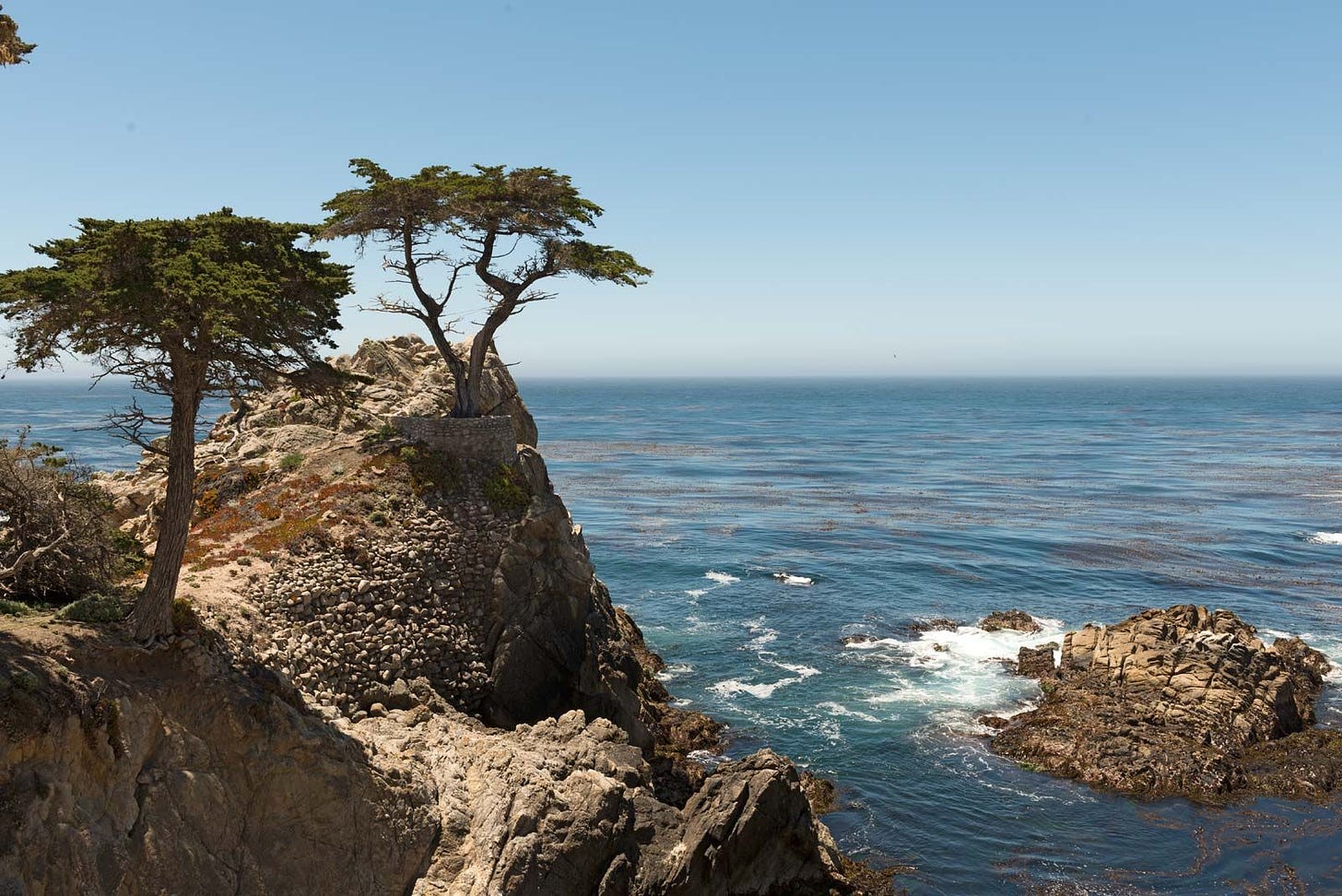News of the week
California Native Plant Week. Recovery plan for the koala. Air passengers put on buses? Was the ivory-billed woodpecker spotted? Climate scientists protest.
California Native Plant Week
Starting tomorrow, April 16th, California botanists, gardeners, and native plant enthusiasts will celebrate California Native Plant Week. Scheduled for the time of year when so many of the plants in California bloom, native plant week spotlights the rich floral heritage of the Golden State. From alpine peaks that tower over 10,000 feet to below sea level Death Valley, California boasts an expanse of bioregions. Altogether, from the rainforests to deserts, California hosts about 6,500 species and subspecies of plants.
Many of our plants are famed because they have been seen in Hollywood films or because they are truly distinctive organisms. So evocative of the spirit of California, with their their banzai tree drama, Monterey cypress hug the foggy coast of central California. Torrey pines grow only on and around a coastal bluff north of the city of San Diego. The icon of the desert, the saguaro cactus dots hills and valleys of arid southern California. Not far away, you can find the distinctive Joshua trees. California is also home to the tallest trees, the coastal redwoods, and the largest trees, the massive sequoias, in the world.
If you live in California or are just interested in the biodiversity of this state, there are a number of activities and resources that you can take advantage of.
Koala recovery plan announced
The Australian government’s Department of Agriculture, Water, and the Environment has announced a national recovery plan for the koala. These animals were once plentiful, so much so that the idea of them being threatened with extinction was considered far fetched. But the numbers of the tree dwelling marsupial have seriously declined in the last 20 years, mostly due to the destruction of the animal’s habitat. In 2014 the International Union For the Conservation of Nature placed the Koala on its Red List of Threatened Species, with a status of Vulnerable.
Keep reading with a 7-day free trial
Subscribe to The Green Dispatch to keep reading this post and get 7 days of free access to the full post archives.




